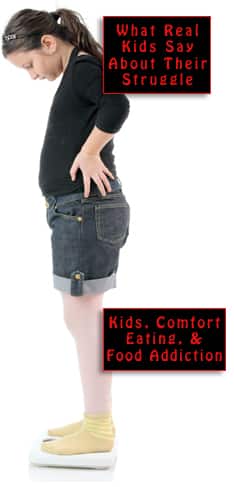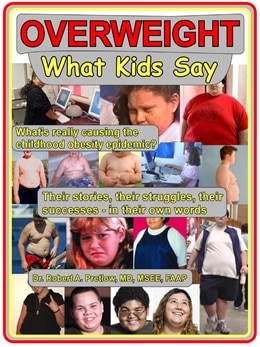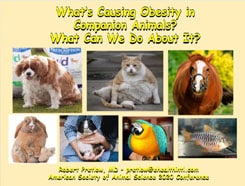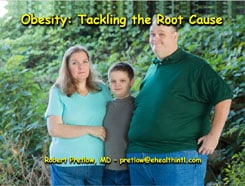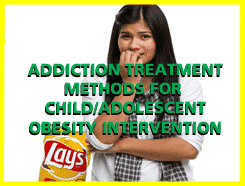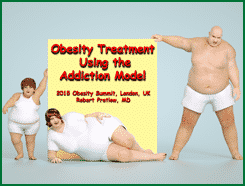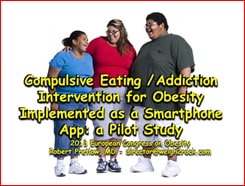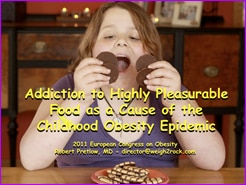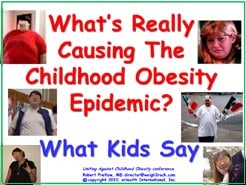In Search of Addiction’s Roots, Part 4

Dr. Pretlow wrote,
Moving the opposing drives out of equilibrium, by resolving a person’s problems (displacement sources), theoretically should halt the displacement mechanism and might comprise an intervention for overeating/obesity, as well as other addictions. If the individual can either face or escape from the problematic situations, the displacement behavior of overeating should stop on its own without struggling and without willpower.
The proposed intervention is to help a person identify life situations that seem inescapable, in that they are impossible to either avoid or face, or are exhaustively frustrating. The founding premise here “Hey, wait a minute, maybe this isn’t impossible to face, after all.” The person is invited to develop a plan of action, and is offered such perks as a community of others to bounce ideas off of. Anyone who has tried something that worked can tell about it, and anyone else can give it a try.
It starts with the Dread List, which is a personal exercise and does not have to be shared if the user prefers not to. This is where you first receive an explanation of the displacement theory and its relationship to overeating behavior.
The next step is to catalog the “dreads” by specifying each situation that seemingly can’t be either avoided or faced, and the next after is to jot down an action plan (or more than one!) applicable to the case. The overall vibe here is, “Face it… don’t displace it.”
At the year’s end
Perhaps a person’s greatest fear is that he or she will gain a bunch of weight during the winter holiday season. This is a very rational fear, because it happens to a lot of people. But to some other people, it doesn’t happen, and they are happy to share their methods. Some of those paths are quite standard. For instance, these examples are from an article by Cathy Dyer, called “How 104 Teens Lost and Kept Weight Off.”
They changed what they drank, cut the fat, dished up smaller portions for themselves, stuck to regular meals, got smarter about snacks, patronized different restaurants, and at parties, kept their wits about them.
These ideas obviously have been around for a while and we have heard about them a million times. But this is in a different setting, a place where people who have followed a certain set of precepts and managed to avoid starting the new year with 20 extra pounds on them hang out. This isn’t advice coming from a lofty professional. The advantage of an interactive app is, you can hear it from peers who will attest to the fact that sometimes this stuff actually works, and they want you to know it.
Your responses and feedback are welcome!
Source: “Reconceptualization of eating addiction and obesity as displacement behavior and a possible treatment,” NIH.gov, June 2022
Source: “How 104 Teens Lost and Kept Weight Off,” Medium.com, 04/30/19










 FAQs and Media Requests:
FAQs and Media Requests: 